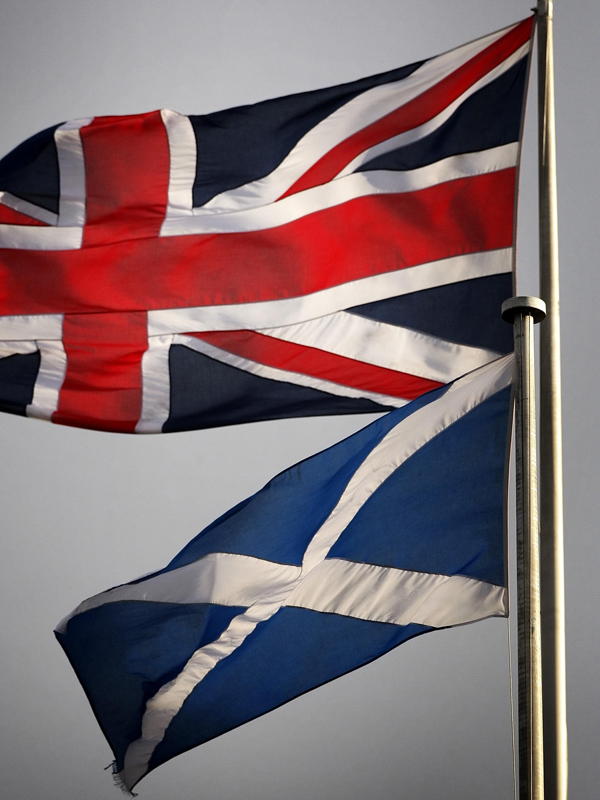Research by a pro-independence business body has suggested that a Yes vote in September could deliver a £3.5billion “dividend” for Scotland.
Business for Scotland (BfS) published findings yesterday which identified a number of areas in which savings could be made including defence, the UK Government civil service and the House of Lords.
The organisation claimed an independent Scotland would no longer have to pay for services “it doesn’t need”.
However, the figures were published on the same day as the Chartered Institute of Public Finance and Accountancy (CIPFA) in Scotland said that an independent Scotland could start life with a budget shortfall of about £4billion.
BfS said that scrapping Trident nuclear weapons alone would save Scotland around £200million a year, which would equate to almost £1billion over a parliamentary term.
BFS chairman Tony Banks said: “Our research took a look at some of the costs to Scotland of remaining in the UK and there is at least a £3.5billion saving to Scotland from taking our independence – and that’s just over the first term of an independent Scottish Parliament.
“That’s nearly 18 times the estimated set-up costs of £200million and it’s an ongoing saving.
“On top of that there are the savings that Scotland will realise from not having to part-fund the infrastructure projects that don’t come near us – the High Speed Rail programmes, London Crossrail, and the refurbishing of Westminster which looks like costing four times as much as the building of the Scottish Parliament.
“There are also the PFI obligations and interest on the PFI payments – Scotland’s share of this is over £16billion – money we can save in the short to medium term simply by not being part of the UK.”
The CIPFA study said that for 2016-17 – which could be the first year of independence if there is a Yes vote in September – the highest estimates for both tax and spending “still suggests a shortfall between income and spend of around £4 billion, or 6% of total spending”.
But the research said in that year the UK could also be facing an £82billion deficit between expected tax revenues and total spending – about 11% of total spending.
The CIPFA report said: “Thus, the challenges facing an independent Scotland are not dissimilar to that of the UK in 2016-17 in that there is a forecast shortfall to be addressed.”
